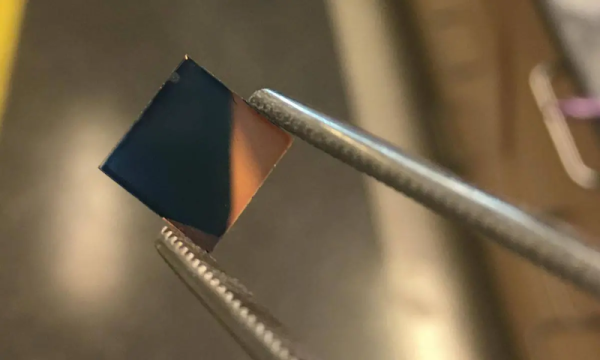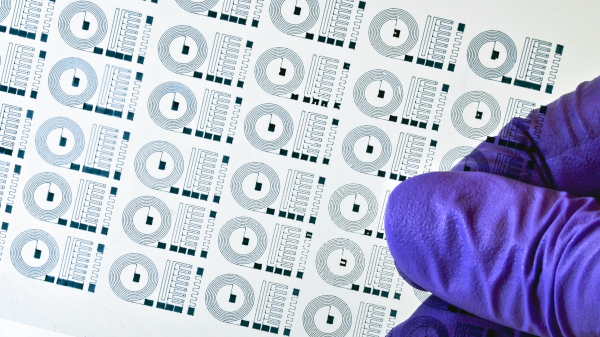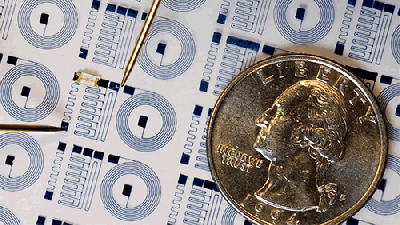There’s an old series of jokes that starts with: “How do you put an elephant in a refrigerator?” The answer is to open the door, put the elephant inside, and close the door. Most people don’t get that because it is too simple, and simple is the approach Georgia Tech researchers have taken when faced with the problem of using a particular conductive plastic. PEDOT, the plastic in question, is a good conductor, but it is hard to work with. You can add materials to make it easier to work with, but that screws up the conductivity. Their answer is much like the refrigerator joke: add material to PEDOT, paint or print it where you want, and then remove the extra material. Simple.
The polymer needs side chains to be soluble. This allows you to mix an ink or paint made of the material, but the waxy side chains interfere with the material’s conductivity. However, after application, it is possible to break off the side chains and flush them out with a common solvent. The process is simple, and leaves a flexible conductive material that’s stable.















